FDA declared cigarettes to be “drug delivery devices”
In 1995, the FDA declared cigarettes to be “drug delivery devices.” Restrictions were proposed on marketing and sales…
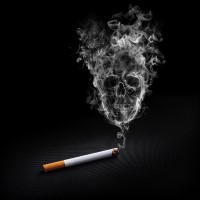
In 1995, the FDA declared cigarettes to be “drug delivery devices.” Restrictions were proposed on marketing and sales…
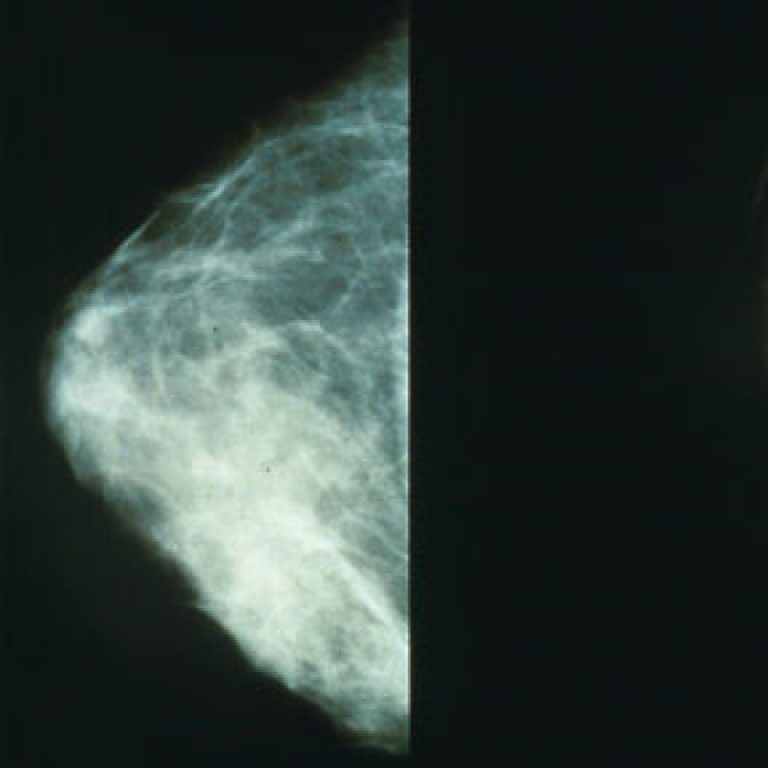
In 1995, scientists cloned the tumor suppressor genes BRCA1 and BRCA2, inherited genetic mutations that can predict an…
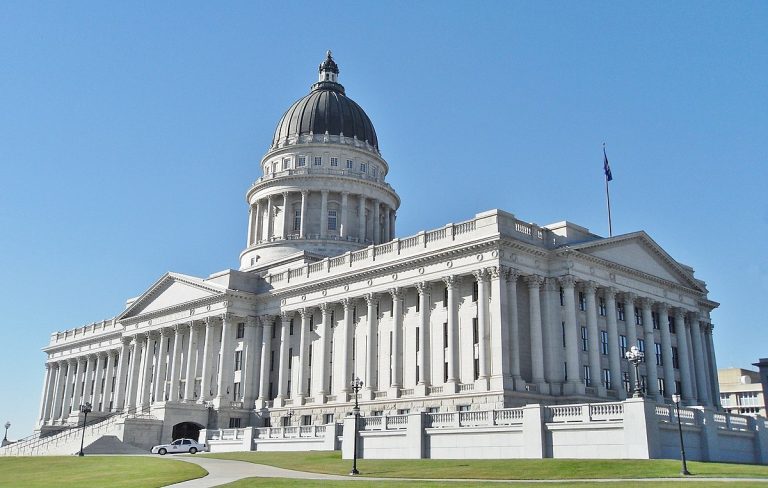
In 1995, the Huntsman family led by Jon M. Huntsman Sr. and his wife Karen, pledged $100 million…
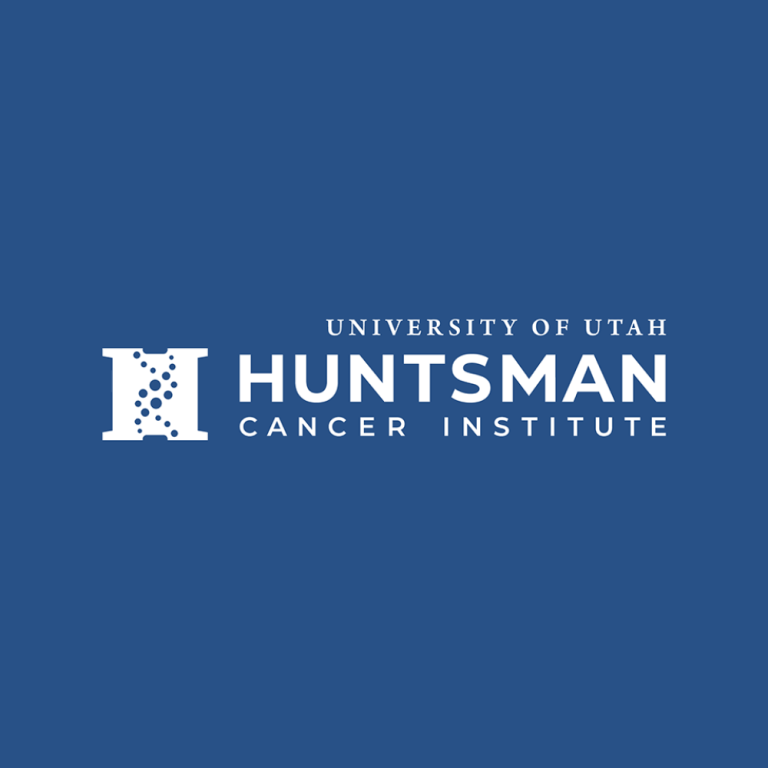
In 1995, The Huntsman Cancer Institute, at the University of Utah, is a National Cancer Institute-designated cancer center…

In 1995, Mary-Claire King, an internationally known human geneticist, was recruited to the University of Washington’s (UW) School…
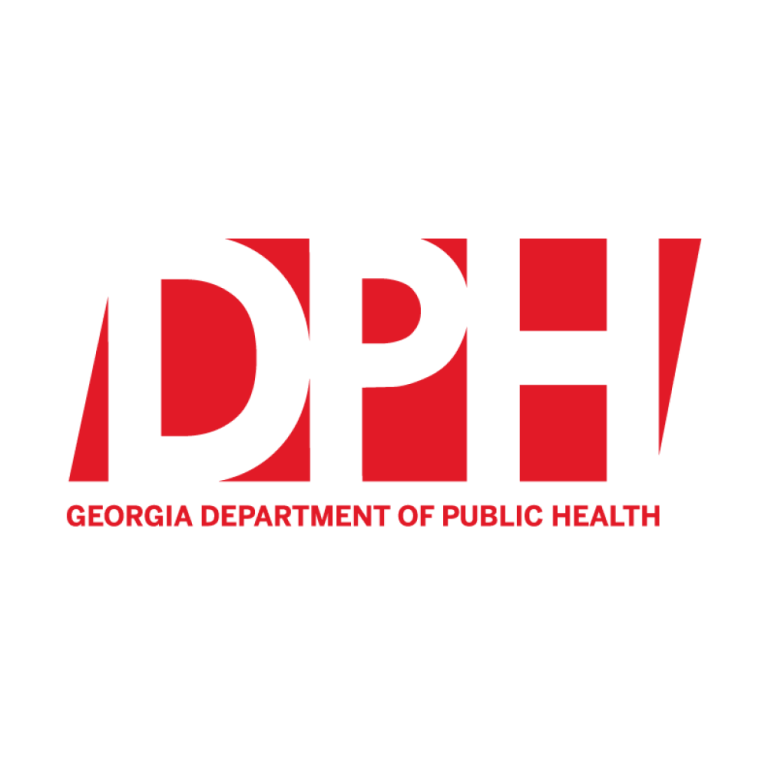
On Jan. 1, 1995, Georgia’s Comprehensive Cancer Registry was established. The Registry became gold certified in 2002 following…
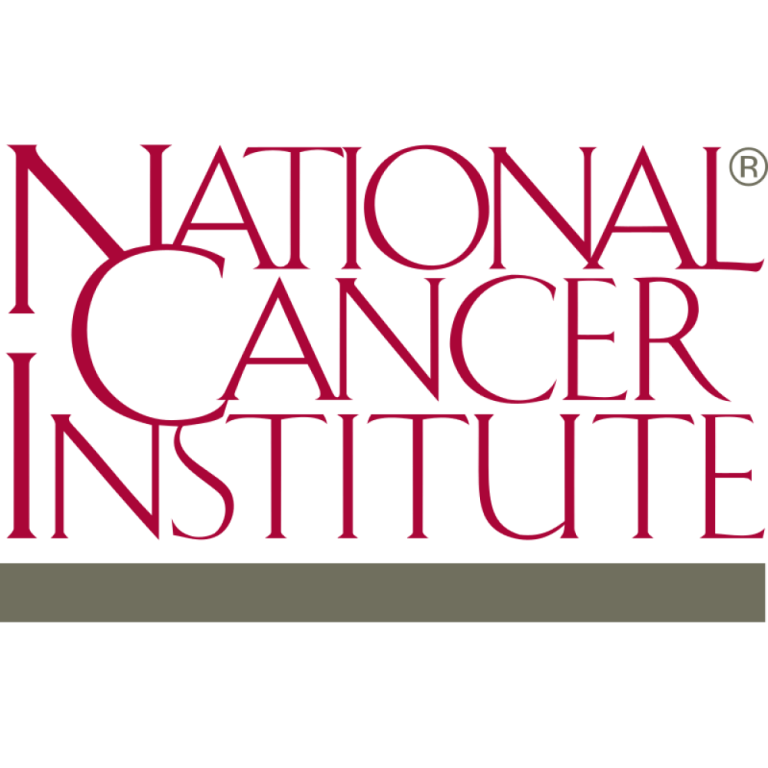
In 1995, Information in National Cancer Institute’s (NCI) Physician Data Query (PDQ) database became available on the World…
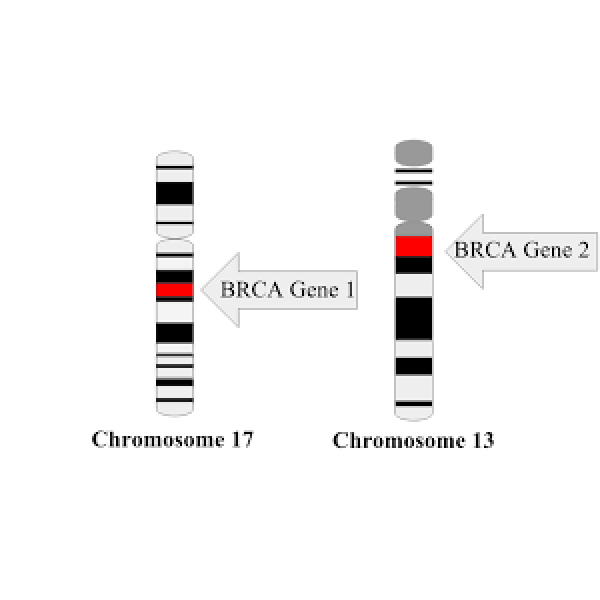
In 1995, the BRCA2 gene was mapped to chromosomal 13q. Just fifteen months later, Wooster et al. reported…
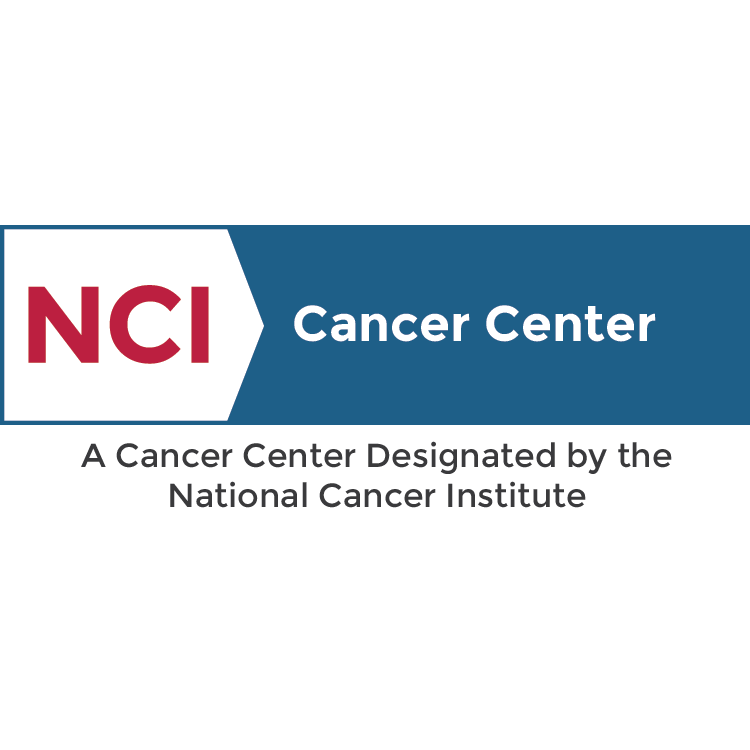
On Oct. 26, 1994, the University of California, Irvine (UCI) Chao Family Comprehensive Cancer Center (CFCCC) gained designated…

On Oct. 7, 1994, a strong candidate for the 17q-linked BRCA1 gene, which influences susceptibility to breast and…
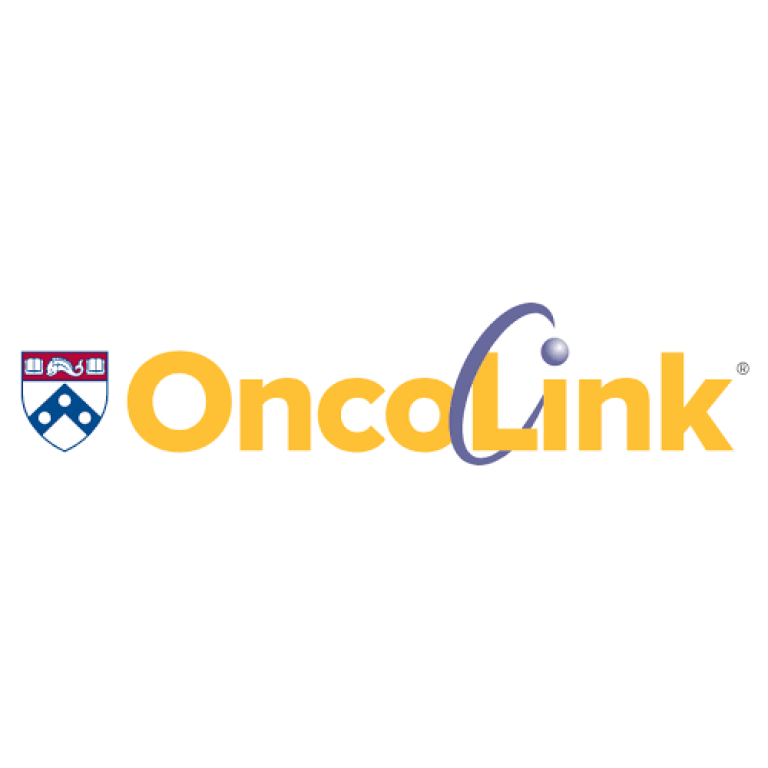
In Mar. 1994, Penn Medicine’s Dr. Joel Goldwein established OncoLink, the first cancer information site on the Internet,…
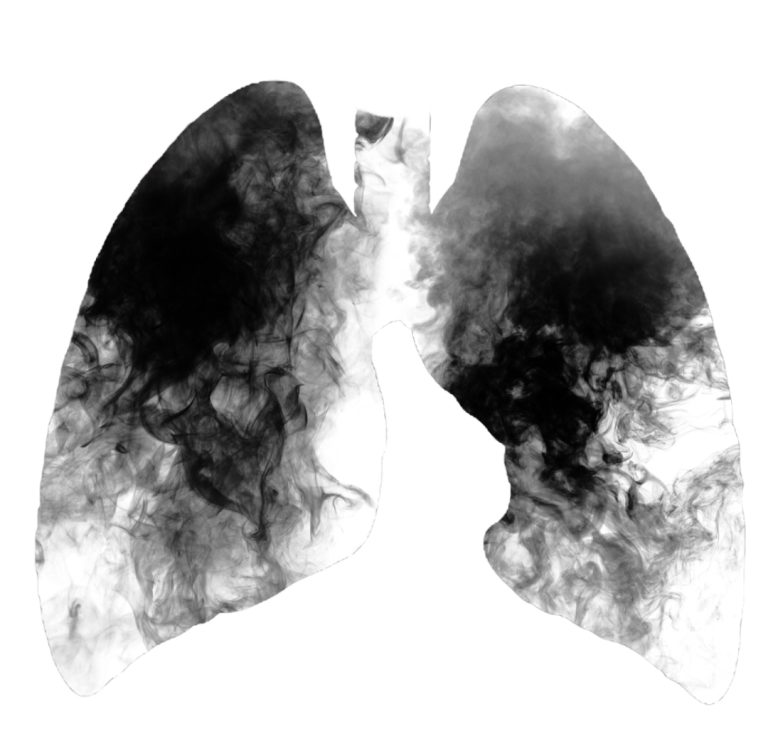
On Feb. 25, 1994, the U.S. Food and Drug Administration (FDA) announced it could consider regulating regulating tobacco…
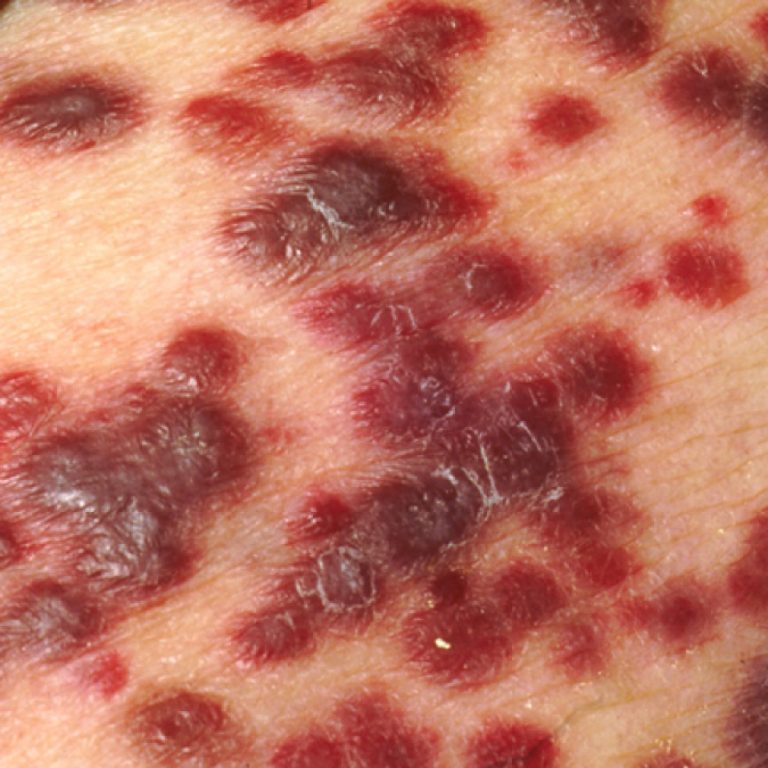
In 1994, human herpesvirus 8 (HHV-8), a causative agent for Kaposi’s sarcoma (KS), was identified. HHV-8 is also…
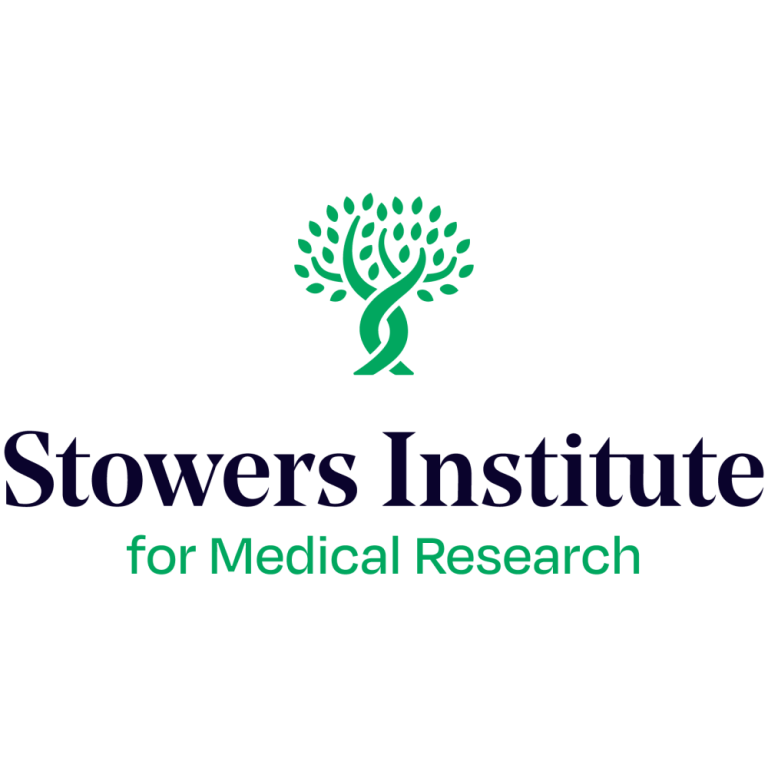
In 1994, the Stowers Institute for Medical Research was founded by Jim and Virginia Stowers with a $500…
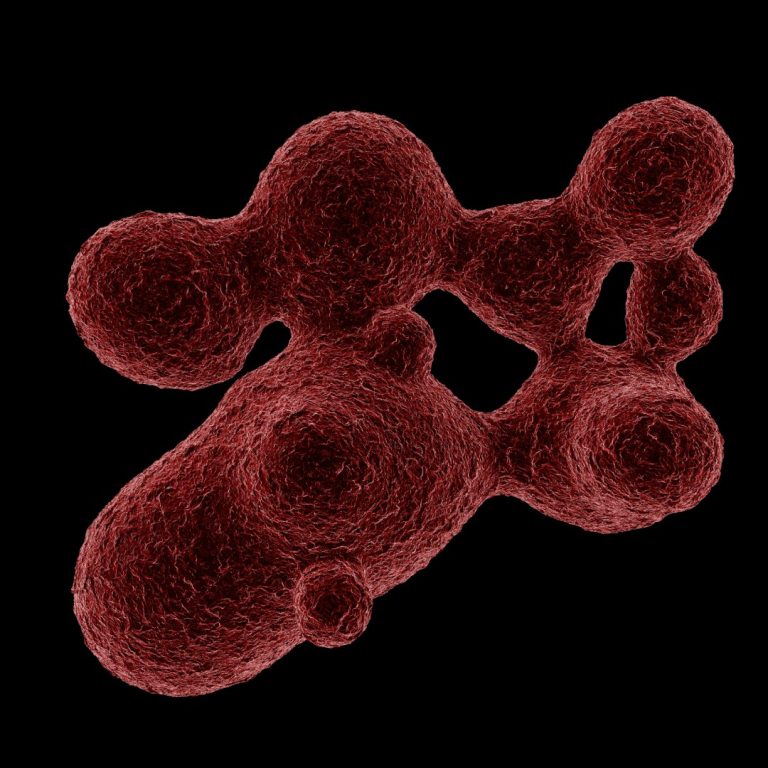
In 1994, researcher Helen Donis-Keller and colleagues at Washington University – St. Louis announced they had for the…

In 1994, Washington University – St. Louis reseacher Lee Ratern, MD and colleagues announced they had developed an…
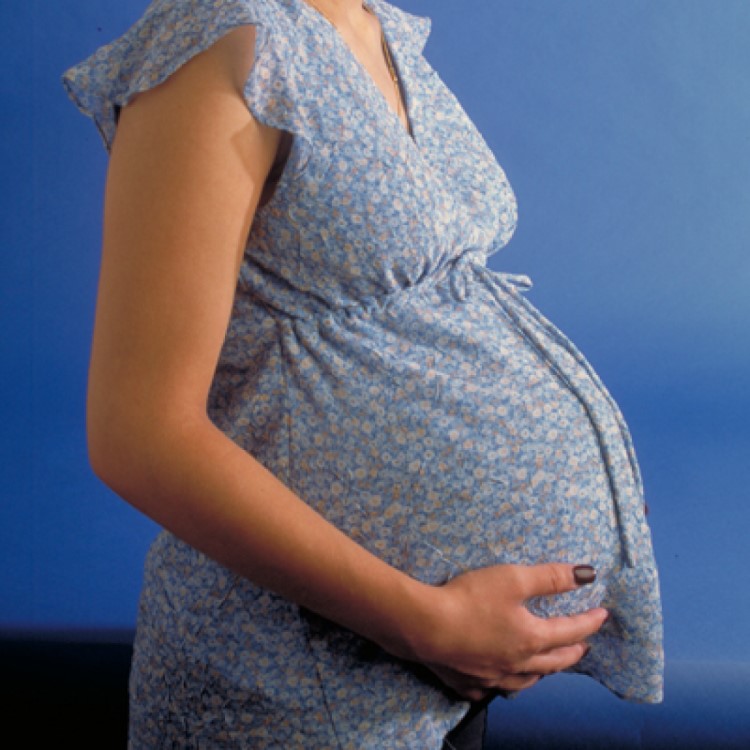
In 1994, Albert Einstein College of Medicine becomes the only New York City medical school selected by the…

On Dec. 7, 1993, Dana-Farber scientists identified the gene that causes an inherited form of colon cancer, which…
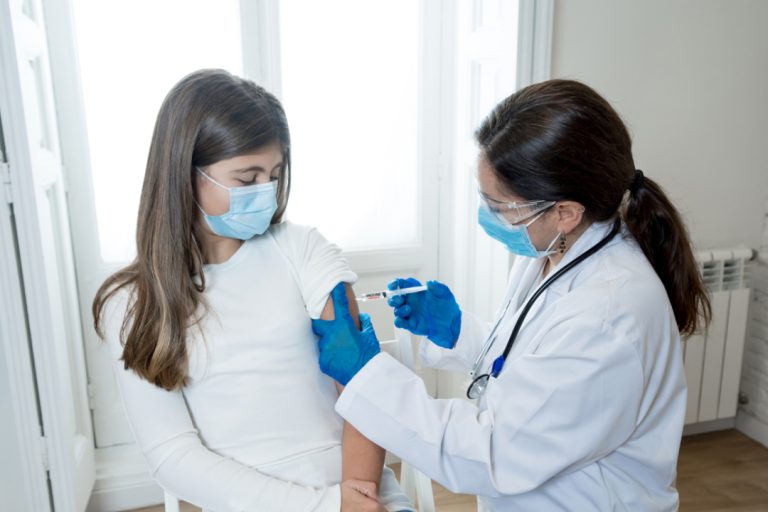
On Jul. 22, 1993, revising a policy from 1977 that excluded women of childbearing potential from early drug…
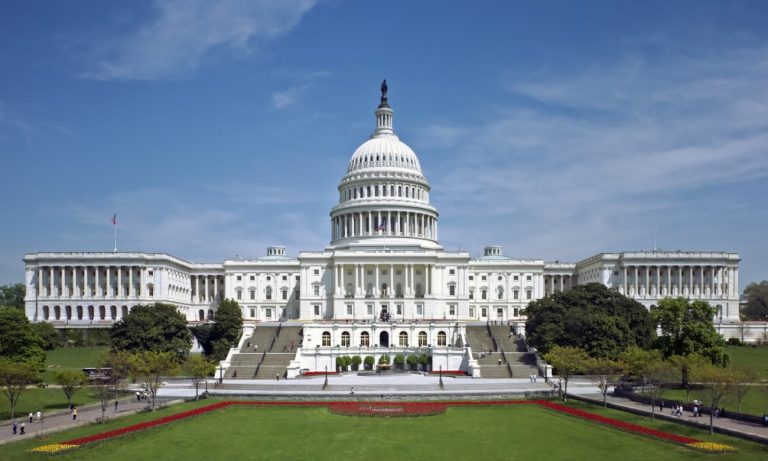
On Jun. 10, 1993, the U.S. Congress signed the National Institutes of Health Revitalization Act, P.L. 103-43. The…
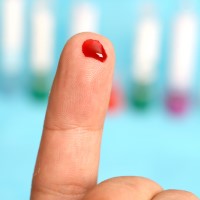
On Apr. 1, 1993, the FDA approved Amgen’s Epogen/Procrit for the treatment of anemia due to the effects…

In 1993, the John and Mary Pappajohn Clinical Cancer Center opened for service after receiving a generous $25…

In 1993, Jon M. and Karen Huntsman donated $10 million to the University of Utah to establish a…

On Dec. 21, 1992, Immunex announced a merger agreement with American Cyanamid Company’s Lederle Oncology business. In Nov….

In 1993, the Prostate, Lung, Colorectal, and Ovarian trial was launched. The trial was designed to determine whether…

In 1993, the Washington University School of Medicine announced that it was a participating site for the prostate,…

In 1993, Bristol-Myers Squibb launched TAXOL (paclitaxel). The company invested hundreds of millions of dollars to supply TAXOL…

In 1993, The Hollings Cancer Center (HCC) was formally was established and named for former U.S. Senator and…
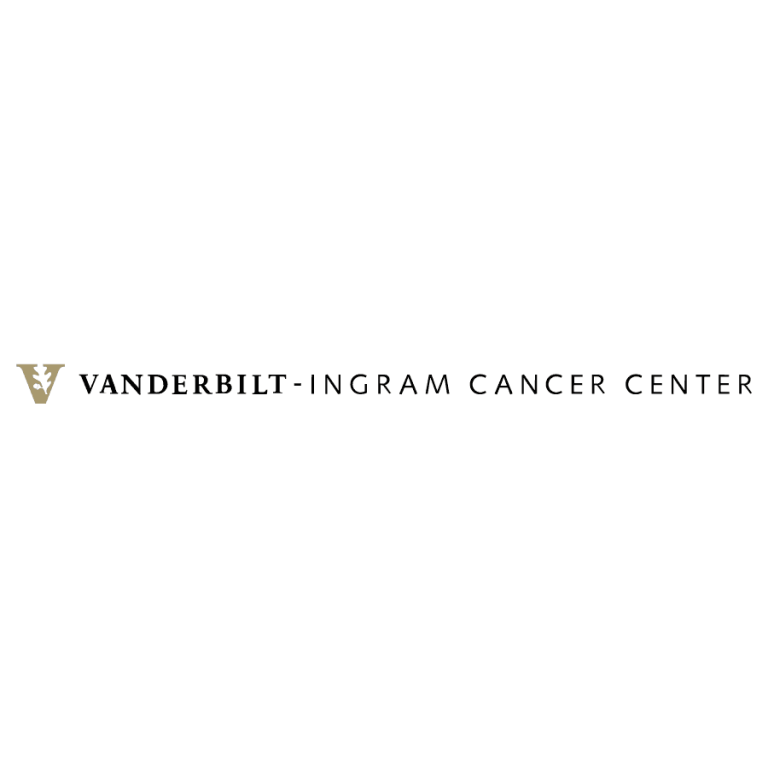
In 1993, the Vanderbilt Cancer Center was established under the leadership of Dr. Hal Moses, to bring together…

In 1993, The Cancer Therapy & Research Center (CTRC) at San Antonio received National Cancer Institute (NCI) designation….